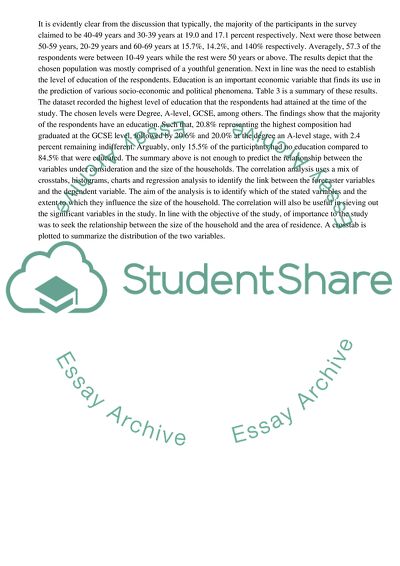Cite this document
(Elements Affecting the Household Size: a Case of the UK Coursework, n.d.)
Elements Affecting the Household Size: a Case of the UK Coursework. Retrieved from https://studentshare.org/business/1863407-conduct-an-empirical-investigation-of-an-area-of-your-choice-using-data-from-the-understanding-society-survey-the-only-restriction-is-that-you-are-not-allowed-to-do-a-project-that-involves-using-wage-or-income-as-the-dependent-variable-that-is-you-are-n
Elements Affecting the Household Size: a Case of the UK Coursework. Retrieved from https://studentshare.org/business/1863407-conduct-an-empirical-investigation-of-an-area-of-your-choice-using-data-from-the-understanding-society-survey-the-only-restriction-is-that-you-are-not-allowed-to-do-a-project-that-involves-using-wage-or-income-as-the-dependent-variable-that-is-you-are-n
(Elements Affecting the Household Size: A Case of the UK Coursework)
Elements Affecting the Household Size: A Case of the UK Coursework. https://studentshare.org/business/1863407-conduct-an-empirical-investigation-of-an-area-of-your-choice-using-data-from-the-understanding-society-survey-the-only-restriction-is-that-you-are-not-allowed-to-do-a-project-that-involves-using-wage-or-income-as-the-dependent-variable-that-is-you-are-n.
Elements Affecting the Household Size: A Case of the UK Coursework. https://studentshare.org/business/1863407-conduct-an-empirical-investigation-of-an-area-of-your-choice-using-data-from-the-understanding-society-survey-the-only-restriction-is-that-you-are-not-allowed-to-do-a-project-that-involves-using-wage-or-income-as-the-dependent-variable-that-is-you-are-n.
“Elements Affecting the Household Size: A Case of the UK Coursework”, n.d. https://studentshare.org/business/1863407-conduct-an-empirical-investigation-of-an-area-of-your-choice-using-data-from-the-understanding-society-survey-the-only-restriction-is-that-you-are-not-allowed-to-do-a-project-that-involves-using-wage-or-income-as-the-dependent-variable-that-is-you-are-n.


